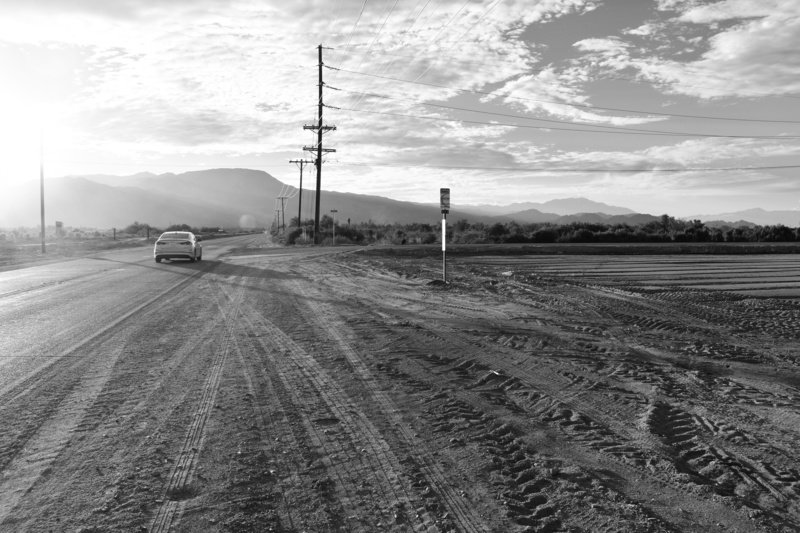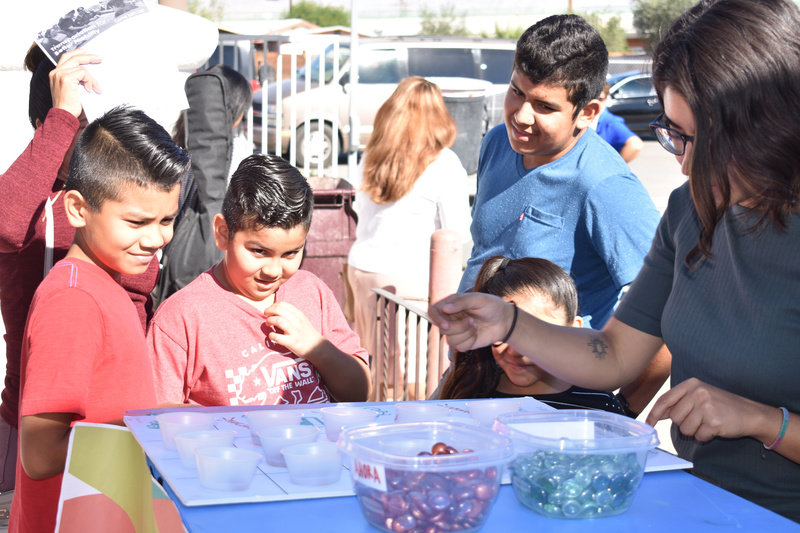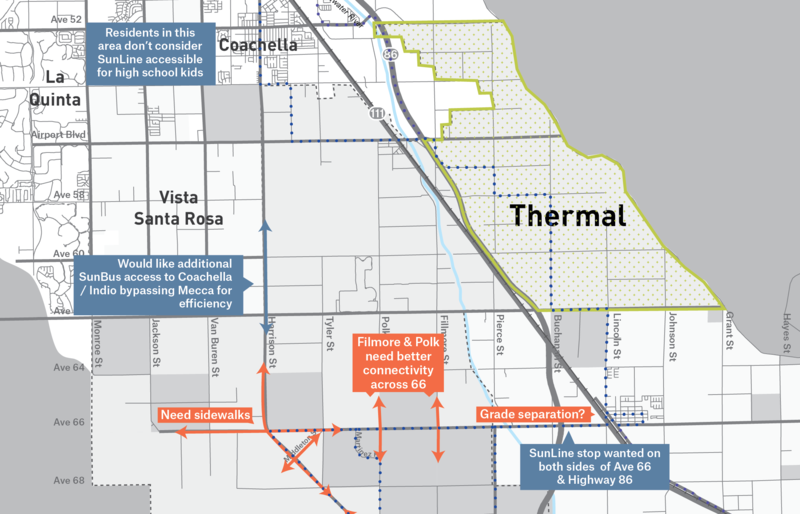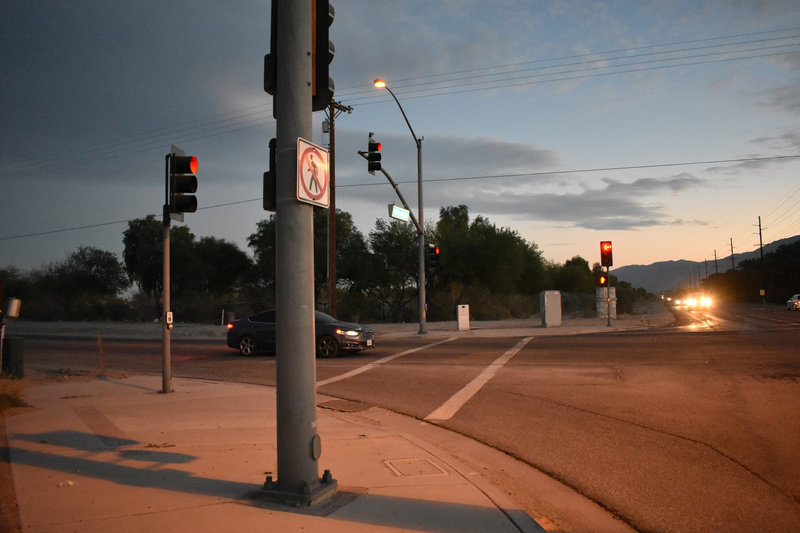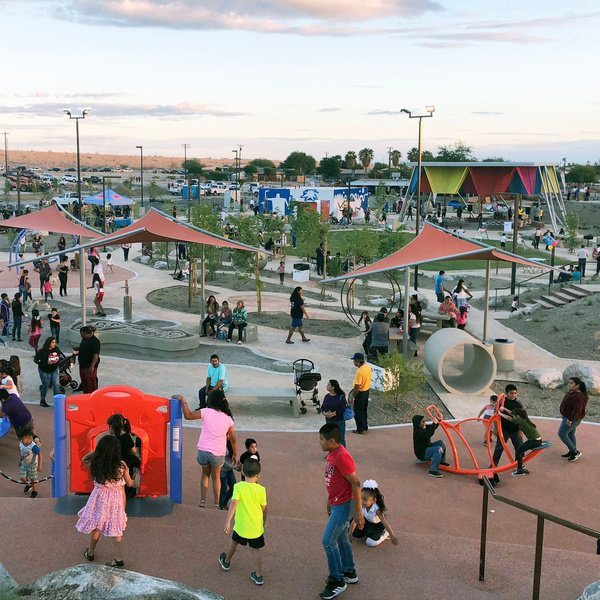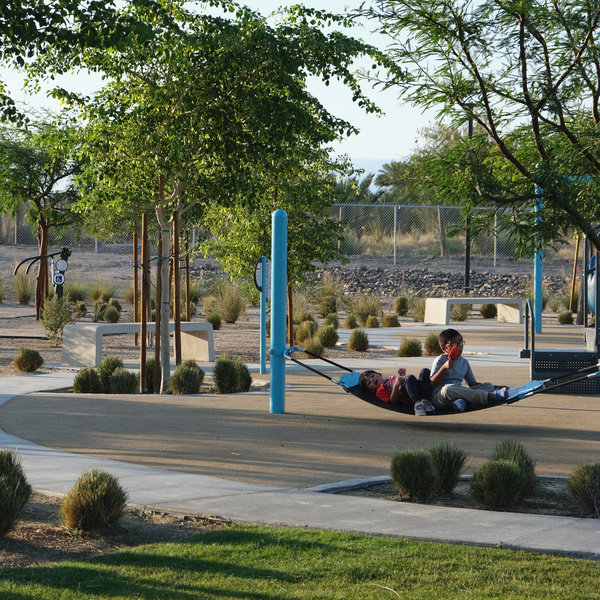There is little existing infrastructure for pedestrians and cyclists
Eastern Coachella Valley Mobility Plans
A memorial for a traffic victim on one of the region's busy roads
Community engagement using a "mobile research beacon"
Priority corridors identified by residents
There is little existing infrastructure for pedestrians and cyclists
Eastern Coachella Valley Mobility Plans
